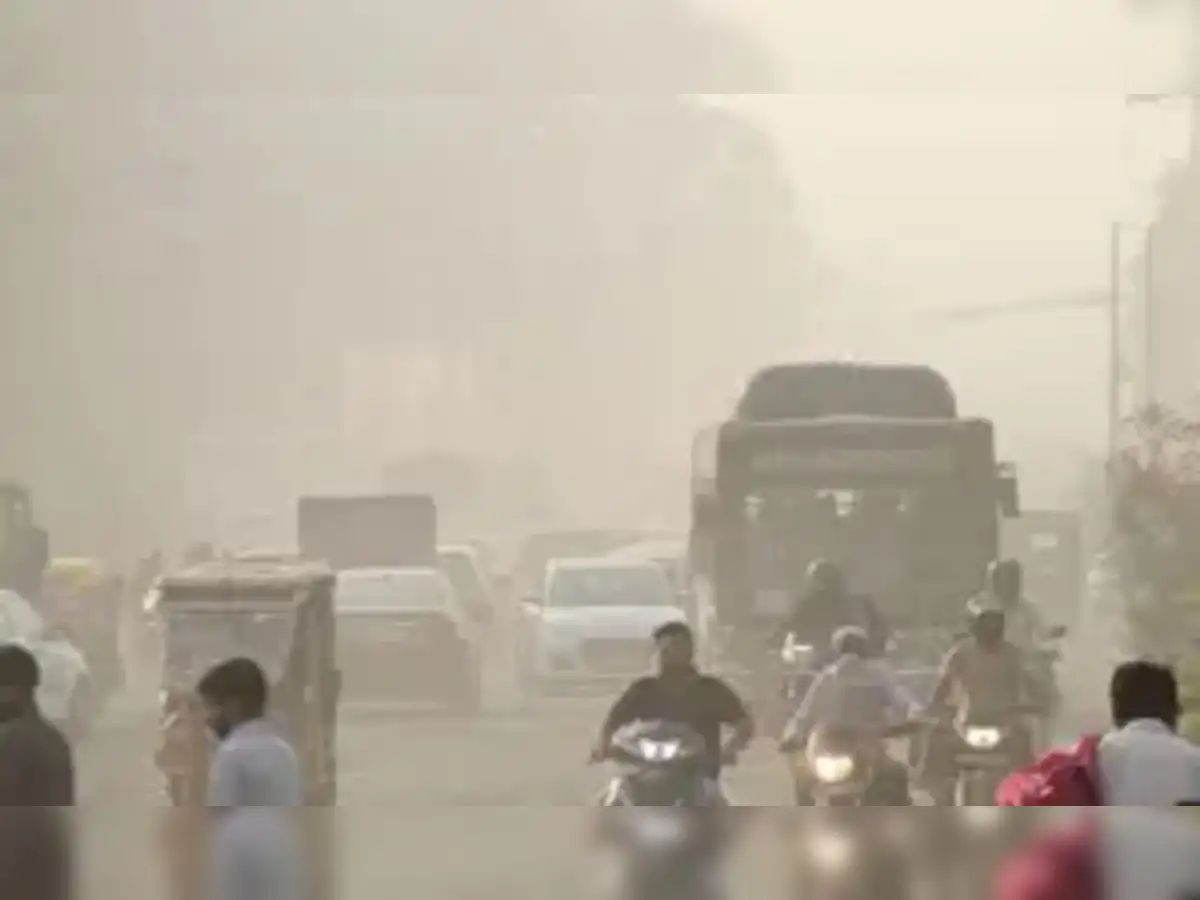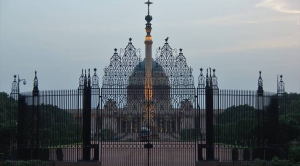Delhi Air Quality Turns ‘Severe’; GRAP Stage III Curbs Imposed to Fight Pollution

New Delhi, November 11, 2025 Delhi woke up to another day of choking smog on Tuesday as air quality in the national capital dropped to the ‘severe’ category for the first time this season. In response, authorities have implemented Stage III of the Graded Response Action Plan (GRAP) with immediate effect, tightening restrictions across the city to curb pollution levels. According to the Central Pollution Control Board (CPCB), Delhi’s Air Quality Index (AQI) soared from 362 on Monday (classified as ‘very poor’) to 425 at 9 am on Tuesday, pushing it into the ‘severe’ zone. This marks one of the sharpest single-day spikes recorded this season. Under Stage III of GRAP, several strict measures come into effect. These include a ban on non-essential construction and demolition activities, restrictions on the use of diesel generators, and intensified efforts to control road dust through frequent water sprinkling and deployment of anti-smog guns. Authorities have also advised residents to work from home, avoid outdoor exercise, and use public transport whenever possible. Data from the CPCB’s Sameer app showed that at 7 am, 34 out of 39 active monitoring stations in the city reported ‘severe’ air quality levels. Areas like Bawana (AQI 462), Wazirpur (460), Mundka, and Punjabi Bagh (452) recorded some of the worst pollution readings. Experts attributed the spike to stagnant wind conditions, vehicular emissions, and pollution from nearby crop residue burning. To put the numbers in perspective, an AQI reading between 51 and 100 is considered ‘satisfactory’, 101–200 ‘moderate’, 201–300 ‘poor’, 301–400 ‘very poor’, and anything above 400 falls into the ‘severe’ category — when prolonged exposure can lead to respiratory distress, even among healthy individuals. Authorities said that enforcement teams will be deployed to ensure compliance with GRAP-III rules. The Delhi government has also instructed agencies to halt stone crushing, earthwork, and construction waste transport. Water sprinkling on roads and at construction sites will be increased, and traffic police have been asked to intensify checks on vehicular emissions. Images from across the city on Monday showed dense smog around landmarks such as India Gate and Connaught Place, with visibility dropping sharply in the morning hours. At India Gate, anti-smog guns were seen in operation as children played nearby amid the haze — a reminder of the everyday impact of the city’s worsening air. Environmental experts warned that if the situation does not improve, authorities may soon be forced to consider Stage IV (GRAP-IV) — the highest level of restrictions, which can include bans on diesel vehicles and school closures. With the winter season just beginning, residents of Delhi are bracing for several more weeks of poor air, while officials continue to struggle to keep the city’s pollution under control. Delhi’s Air Quality Turns ‘Severe’; GRAP-III Restrictions Enforced Delhi’s air quality dropped to the ‘severe’ category for the first time this season, prompting authorities to impose Stage III of the Graded Response Action Plan (GRAP) on Tuesday. The city’s Air Quality Index (AQI) climbed from 362 on Monday to 425 by 9 am, according to data from the Central Pollution Control Board (CPCB). Out of 39 monitoring stations in Delhi, 34 recorded ‘severe’ air levels. Areas like Bawana, Wazirpur, Mundka, and Punjabi Bagh saw some of the worst readings, all above 450. Under GRAP-III, non-essential construction and demolition activities have been halted, diesel generators are restricted, and anti-smog measures like water sprinkling and road cleaning have been intensified. Officials have advised residents to avoid outdoor activity, work from home where possible, and rely on public transport. The Delhi government has directed strict enforcement of pollution-control measures to reduce dust, emissions, and vehicular pollution. Experts warn that if air quality continues to worsen, GRAP-IV—the highest level of restrictions—could be enforced soon. Delhi’s smog crisis once again highlights the urgent need for sustained, long-term environmental action.




